

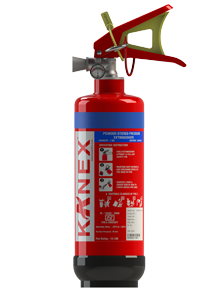


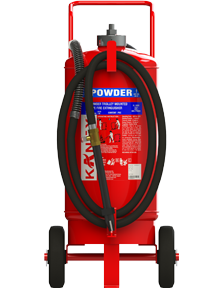
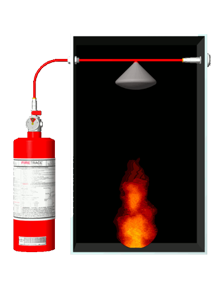

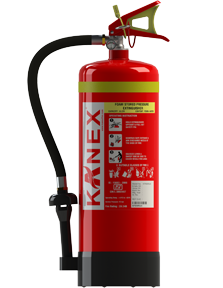
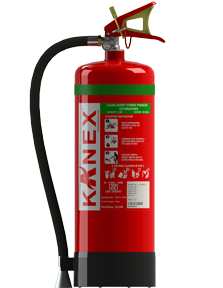

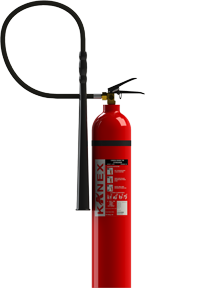
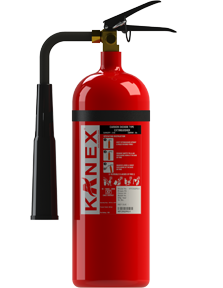
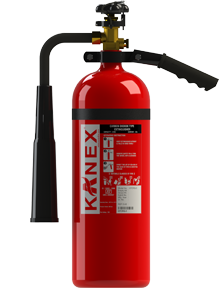
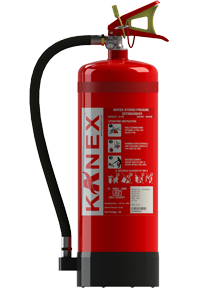
Fire Extinguishers & Safety Items: Essential Tools for Home and Workplace Safety
Fire safety is a critical aspect of maintaining a secure environment, both at home and in the workplace. Proper preparation can mean the difference between minor damage and a major disaster. Among the most important tools for fire safety are fire extinguishers and various other safety items. Understanding their types, uses, and maintenance requirements is crucial for ensuring optimal safety. This comprehensive guide will cover everything you need to know about fire extinguishers and other essential safety items.
Fire Extinguishers: An Overview
Fire extinguishers are portable devices used to put out small fires before they spread. They work by expelling substances that either cool the burning material, remove or displace the oxygen necessary for combustion, or interfere with the chemical reaction at the fire’s core.
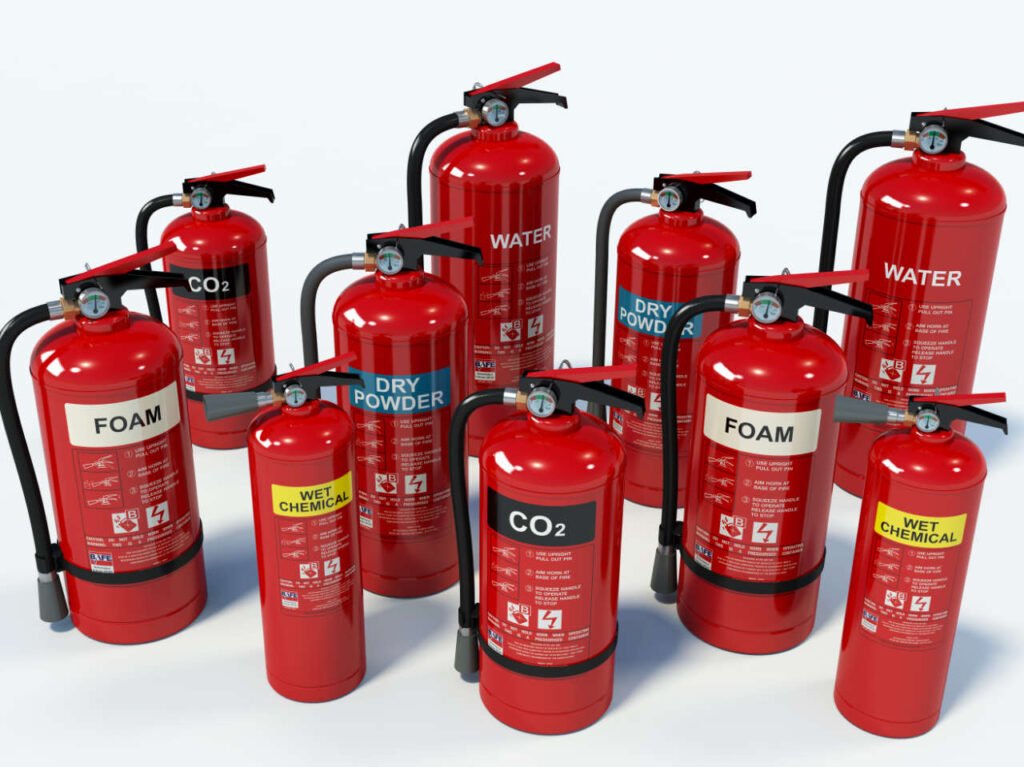
Types of Fire Extinguishers
Fire extinguishers are classified based on the type of fire they are designed to combat:
- Class A Extinguishers: These are used for ordinary combustibles such as wood, paper, cloth, and plastics. They typically use water or water-based solutions.
- Class B Extinguishers: These are suitable for flammable liquids like gasoline, oil, and grease. They use agents like carbon dioxide (CO2) or dry chemicals to extinguish the fire by cutting off the oxygen supply or interrupting the chemical reaction.
- Class C Extinguishers: Designed for electrical fires, these extinguishers use non-conductive agents such as CO2 or dry chemicals.
- Class D Extinguishers: Used for fires involving combustible metals like magnesium, titanium, or sodium, these contain agents that absorb heat and smother the fire.
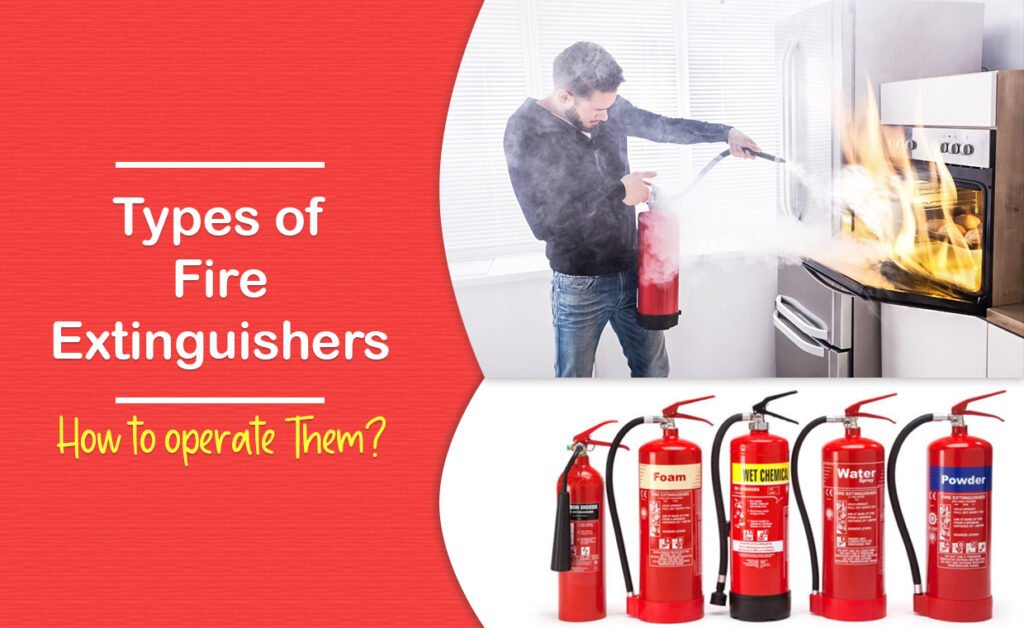
How to Use a Fire Extinguisher
The operation of a fire extinguisher is generally summarized by the acronym PASS:
- Pull the pin to break the tamper seal.
- Aim the nozzle or hose at the base of the fire.
- Squeeze the handle to release the extinguishing agent.
- Sweep the nozzle from side to side at the base of the fire until it is extinguished.
Placement and Maintenance
- Placement: Fire extinguishers should be easily accessible and located in key areas such as kitchens, garages, and workshops. In workplaces, they should be distributed according to the layout and potential fire hazards.
Other Essential Safety Items
In addition to fire extinguishers, several other safety items are crucial for comprehensive fire safety.
Smoke Alarms and Detectors
Smoke alarms are vital for early fire detection, providing critical time to evacuate and potentially extinguish the fire. There are two main types:
- Ionization Smoke Alarms: Better at detecting flaming fires, these use a small amount of radioactive material to ionize air and detect smoke particles.
- Photoelectric Smoke Alarms: More responsive to smoldering fires, these use a light beam to detect smoke.
For optimal safety, both types should be used in combination, or dual-sensor alarms should be installed. Smoke alarms should be tested monthly, and batteries should be replaced at least once a year.
Fire Blankets
Fire blankets are made from fire-resistant materials and can smother small fires by cutting off the oxygen supply. They are particularly useful for kitchen fires or for wrapping around a person whose clothing has caught fire. Fire blankets should be easily accessible and stored in kitchens, near fireplaces, or in laboratories.
Fire Escape Ladders
In multi-story buildings, fire escape ladders are essential for safe evacuation from upper floors. These portable, foldable ladders can be stored near windows and quickly deployed in an emergency.
First Aid Kits
A well-stocked first aid kit is essential in any emergency, including fires. It should include:
- Burn dressings and ointments
- Bandages and gauze pads
- Antiseptic wipes
- Scissors and tweezers
- Pain relief medications
First aid kits should be easily accessible and regularly checked to ensure all items are in good condition and not expired.
Carbon Monoxide Detectors
Carbon monoxide (CO) is a colorless, odorless gas produced by burning fuel. It can be deadly, and fires can increase CO levels. CO detectors should be installed near sleeping areas and on every level of the home or workplace.



ABC SS Body Fire Extinguisher (Map 90 Based Portable Stored Pressure)
DCP PBC Based Portable Stored Pressure
Water Fire Extinguisher (Stored Pressure)
Creating a Fire Safety Plan
A comprehensive fire safety plan is essential for both homes and workplaces. This plan should include:
- Evacuation Routes: Clearly marked and easily accessible evacuation routes. Everyone should know at least two ways out of every room, if possible.
- Meeting Points: Designate a safe meeting point outside the building where everyone can gather after evacuating.
- Regular Drills: Conduct regular fire drills to ensure everyone knows how to respond in an emergency.
- Responsibilities: Assign specific roles during an emergency, such as who will assist children, elderly, or disabled individuals.
- Communication: Ensure everyone knows how to contact emergency services.
Fire Safety in the Workplace
Workplaces have specific fire safety requirements that must be adhered to, based on local regulations and the nature of the work being done.
Risk Assessment
Conduct a thorough fire risk assessment to identify potential hazards and implement measures to mitigate them. This includes:
- Identifying flammable materials and ensuring proper storage
- Ensuring all electrical equipment is well-maintained and used safely
- Keeping escape routes clear and accessible
Fire Safety Equipment
Ensure that fire safety equipment is readily available and that employees are trained in its use. This includes fire extinguishers, alarms, and emergency lighting.
Training and Education
Regularly train employees on fire safety procedures, including:
- How to use fire extinguishers and other safety equipment
- Evacuation procedures and designated meeting points
- How to raise the alarm and contact emergency services



CO2 Based Mobile
Clean Agent SS Body Fire Extinguisher (FE 36 Based Portable Stored Pressure)
K36 Lithium Ion Battery Fire Extinguisher
Conclusion
Fire safety is an ongoing process that requires vigilance, proper equipment, and regular training. By understanding the types of fire extinguishers and other safety items, knowing how to use them, and having a clear fire safety plan, you can significantly reduce the risk of fire-related injuries and damage. Whether at home or in the workplace, these measures are essential for ensuring a safe and prepared environment.
Investing in fire safety not only protects lives but also minimizes potential losses and disruptions caused by fires. Regular maintenance, education, and preparedness are key components of an effective fire safety strategy.
